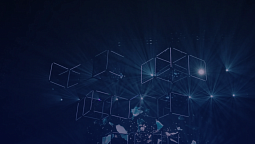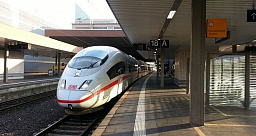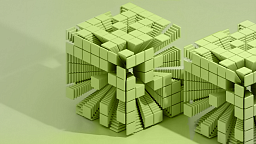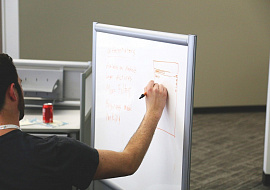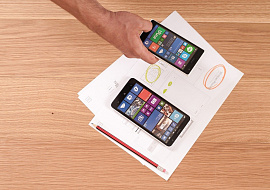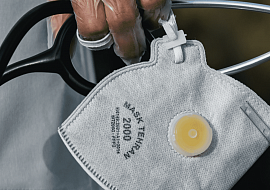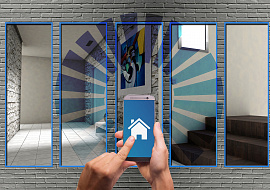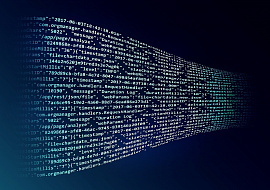IoT Application Development: How to Create a Robust Product
Welcome to the world of IoT. It's safe to say that nearly any advancement designed to enhance the enterprise environment can be considered an IoT-enabled product. Having the most precise, comprehensive, and high-quality data gathered by IoT devices is crucial for any successful endeavor. It won't be long into the future before the IoT world, and the broader world become seamlessly interconnected. Since you are diving into this article, you probably share this view.
It's easier to get into IoT now than ever before. Technologies are being mastered, use cases are expanding, and components are becoming more affordable. However, the IoT element itself does not provide a strategic advantage. Without the proper approach to goal setting and deep research on market demands, an IoT initiative can easily become a strategic failure. In this article by PSA, you will find out the basic principles behind IoT systems; points to be guided by when creating IoT-based products to minimize uncertainty; and surely, an algorithm to move smoothly and reliably in the path of IoT application development. Let’s go!
Skeleton Key to IoT Paradigm
First, IoT is a kind of brand that has a reputation and customer expectations. If you are going to promote your product as an IoT-enabled one, then the main advantages of this paradigm have to be respected unconditionally. Namely, keep in mind reliable connectivity, high availability, and accuracy of analytics are to be provided. Plan on how to deal with common IoT bottlenecks, such as security and scalability.
Second, to navigate the IoT paradigm you should perceive an IoT system as an integral structure. Many guides are devoted to listing the features of technologies applicable to IoT, variations of actions on each development step, and IoT software development – below we are delving into this too. However, any technology under the IoT hood must be considered as an integral part of the entire system and in terms of its features and business purposes.
Third, IoT – is “the land of data” where there are no assumptions. Conclusions about the equipment condition, product quality, power supply efficiency, etc. created by an IoT app are based on high-quality and complete data, which is the main value of this concept for business.
Thus, an IoT application should be conceived as a stack of independent technologies, combined into a single system of data operations. You need to ensure the following processes:
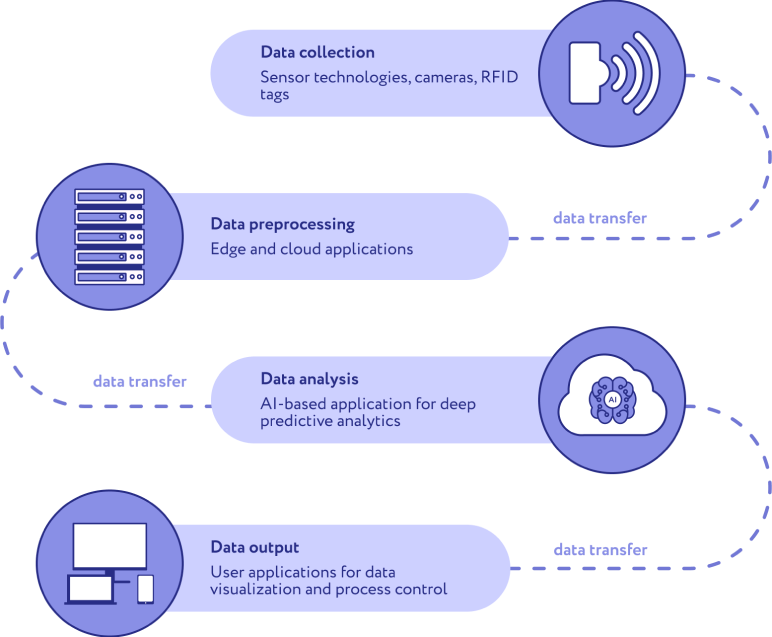
With IoT application development, you create a clear functional understanding of how various IoT components and processes work together to produce accurate analytical results. Many companies highlight IoT software, an app for displaying information and managing the IoT system, as a crucial part of IoT application development. This approach is not only manipulative but also carries the risk of compromising integrity. If you devote to involve multiple contractors in the IoT development process, there is a higher risk of ending up with high quality components that are not well coordinated. It is important to consider this potential challenge when planning your IoT project.
IoT Application Development – Diving into Trends
Most of the technology trends are either tied up to IoT or are applicable to IoT, which contributes to its growth. Some trends have already proven business benefits in practice, while others are positioned with very high potential. See the top trends according to McKinsey and their relation to IoT application development:
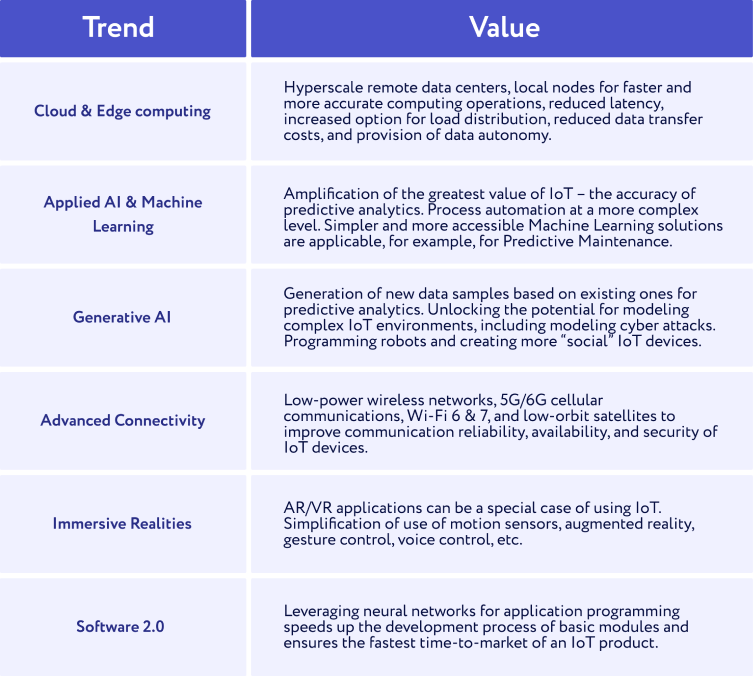
A number of technologies are rarely mentioned in the context of IoT but also bring direct benefits to it. For instance, sensational quantum computing to enhance the IoT hardware; zero trust concepts applicable to IoT networks; the new Internet Web3, and sustainable computing, namely zero-energy data centers that are also seamlessly integrated into the IoT ecosystem.
Its important to have a good understanding of both trends and their values in IoT application
development. However, its also crucial not to rush into applying them without careful consideration. Taking the time to evaluate and plan before implementation can lead to better outcomes. However, the main thing in IoT application development is to coordinate every implementation with the ultimate goal and customize reasonably.
Now you see what lies beyond IoT. IoT systems tend to be highly customized without copying of use cases, or blind implementation of trends. Let's move on and lay out the algorithm to be applied to your situation, to lay win-win help in the IoT journey.
Step-by-Step Algorithm for IoT Application Development
Discovery Phase
Did you know that most IoT application development projects fail at the phase of initial planning? Uncertain business goals and lack of research violate even the most innovative idea. Thus, you should first lay a reliable, sustainable, and realistic foundation for the future product through the following steps:
-
Ideation – formation and clarification of an idea; market research; business analysis; choice of a business model; financial and technical risk assessment.
-
Discovery session – exploration of the environment and equipment involved; meetings with the technical team in order to determine priorities and define requirements on functionality, budget, and components; efforts estimation.
-
Documentation development – the creation of requirement specifications, use cases, solution descriptions, diagrams and drawings, UI/UI mockups, storyboards, and so on to seamlessly start the design phase.
-
Check-in sessions – intermediate and final documentation review; a window for changing business priorities.
As a result of profound discovery, your raw idea turns into a viable solution on paper. Making discovery a separate project allows you to try several concepts and compare them to decide on the continuation of the project. After discovery is completed, you would have all the materials to create an architecture, prototype, and MVP, as well as start development activities.
Hardware Customization
Based on the functionality, durability, energy efficiency, and budget requirements, you provide a clear picture of the components your device will consist of, and the required “degree” of customization. Typically, IoT application development involves the following hardware components:
-
Core module for device monitoring and control
-
Sensors or cameras for data collection
-
Output devices like LCD or speaker
-
Edge computing module for data processing
-
Communication modules for data transfer between devices and platform
For devices designed to operate on an industrial scale, the common requirements are low power consumption and a powerful CPU. As a rule, the ultimate goal of such devices is to collect complete, abundant, and high-quality data appropriate for deep analytics. Based on this, the type, size, and sensitivity of sensors, internal and external protocols for trouble-free data transfer, as well as power mode are selected.
For consumer IoT devices, especially wearables, their design should be in view of:
-
Compactness. The challenge of maintaining a small size of the device without sacrificing functionality now can be resolved through flex and high-density–interconnect PCBs.
-
Noiseless. For better UX and seamless communication, the electrical noise should be removed using noise filters and damping resistors.
-
Durability. To ensure the device will withstand conditions of use, it is advisable to be simulated first and implement suitable compensation schemes.
Custom or off-shelf is an eternal dilemma here. Ready-made components and devices are usually selected when there are strict budget restrictions. However, customization offers greater flexibility. In cases of an innovative product, very strict functional requirements, rapid scaling expected, big data analysis, and safety and security-critical systems, a high degree of customization becomes mandatory. Starting with schematic and PCB design, through OS selection, FPGA programming, and API configuration for the device firmware, you increase the ability to clearly achieve business goals, as well as overall control over the product life cycle.
Network Protocol
Technically, protocols are generally determined within the previous steps but it’s the crucial point of the IoT application development, so let’s highlight it separately. Network protocol choice is especially essential for Industrial IoT, where you need to facilitate data transfer in view of enormous capacities.
To determine the network protocol, check the use cases and define:
-
Amount of data to transfer
-
Speed of real-time transmission
-
Distance between devices
-
Number of devices simultaneously transmitting data
-
Requirements for energy consumption
-
Compatibility with other protocols and platforms
For example, popular Wi-Fi is often chosen through high-speed data transfer, for example, for home automation. For industrial networks, Zigbee is a more common and reliable protocol. BLE is valued for low energy consumption but it is applicable only for short distances, or within mesh networks. To cater to a diverse range of use cases, it's advisable to choose multiple protocols and ensure compatibility with various protocols. This approach allows for flexibility and ensures your solutions can seamlessly integrate with different systems.
IoT Application Development: Software Overview
Software for IoT applications can have a sophisticated architecture to combine device management and data analytical functions. To cover multiple use cases, the IoT software should provide:
-
Convenient UI for data visualization, monitoring, and control
-
Communication protocols support
-
Standard and custom message formats support
-
Integration with 3rd party systems
-
Cloud access
For customer devices first, the app should be user-friendly to provide a great user experience. Next, it must be securely protected, since the IoT ecosystem provides an expanded attack surface. Also, the app has to be extensible to have the potential to add new functions. At this stage, you decide whether it will be a mobile or web app, where it will be placed, and choose the type of platform.
A separate module can be created to support advanced analytics. Based on AI, such applications are capable of analyzing Big Data gathered from IoT devices, as well as third-party information. For example, predictive maintenance and asset management applications leverage this concept. It allows for making data-driven decisions based on precise and redundant information.
Connect & Deploy
Deployment often takes place on the cloud platform providing simple access, high availability, and scalability. The choice of platform has to correspond to the business logic of your application; it must be compatible with hardware, satisfy all declared functions, and have the necessary tools. AWS, Azure, and Google Cloud IoT are the most popular cloud services for IoT deployment. At this point, you should decide on the user base, the amount of network traffic, and the overall complexity of the system. This is necessary in order to avoid a complete rebuilding of the infrastructure when modifying or expanding the system.
Integrity vs Quality: I Don’t Want to Sacrifice Any in IoT Application Development
Deciding who to entrust the development of your IoT product often requires no less meticulous research than when validating the idea. With the increasing demand for IoT, we've seen many specialized companies shifting their focus towards IoT application development. These companies now offer a wide range of services, such as separate IoT software development or IoT integration services. Sounds like an opportunity to get the most out of every separate component, doesn't it? Actually, this is not true.
First, IoT developers should have a practical understanding of the entire Internet of Things systems. Having a wealth of experience with IoT system challenges, it’s easy to predict how even a minor software change can affect the hardware or to change an IoT platform considering all sorts of pitfalls. So, even if you decide to delegate development to multiple contractors, or to outsource a product modification to the 3rd new company, you should focus on developers with comprehensive field experience with the Internet of Things. This way you will definitely avoid “surprises”.
Do you want to develop a sought-after IoT application? We at PSA are not only competent selectors and integrators, but also developers from scratch, and customizers of hardware and software components of Enterprise IoT solutions. We are happy to provide you with assistance at any stage and complete protection from technical and financial risks.

